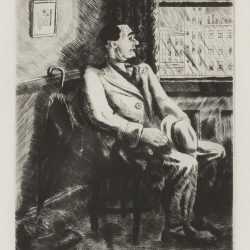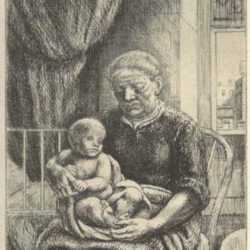Filter by Type
Filter by Category
Filter by Size
Filter by Year
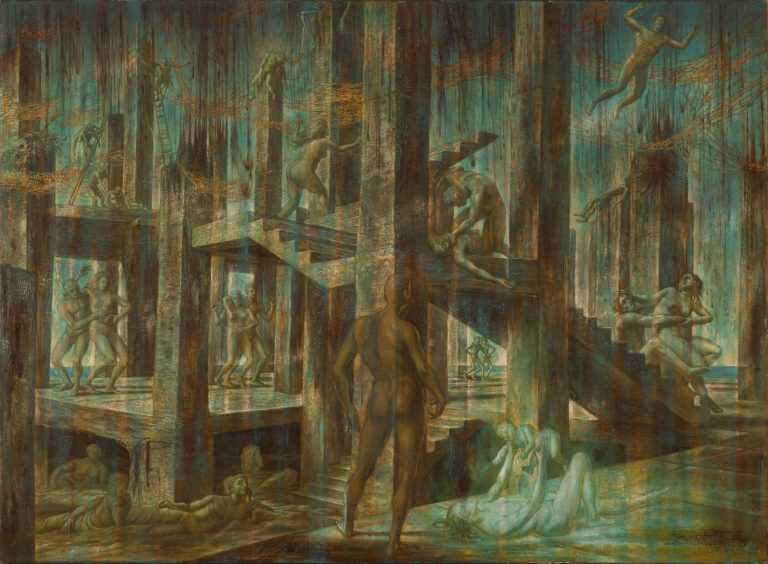
Edward Laning and the Fourteenth Street School
Press Release:
In the 1920s and 30s, New York's Fourteenth Street in Lower Manhattan became a hub of commercial activity, with cinemas, restaurants, and stores catering to a middle and working-class clientele. A group of artists, motivated by the legacy of the Ashcan School's embrace of populist urban life, established studios in the area and began to create works inspired by the throng that would daily inundate Fourteenth Street.
Among these artists was Edward Laning, a midwestern transplant with a studio at 145 West Fourteenth Street and later 12 East Seventeenth. Laning was born in Petersburg, Illinois, and attended the Art Institute of Chicago and the University of Chicago before coming to the Art Students League in New York. Though he initially rejected the conservative instruction received there, he later realized its value and would continue to adhere to many of its tenets throughout his career. Laning, like other artists of the Fourteenth Street School, depicted the lively spectacles of the 'poor man's Fifth Avenue' in his work – the residents, visitors, and vagrants populating the area giving artists a plethora of subjects from which to draw inspiration. Laning, however, did not shy away from difficult subjects as did many of his contemporaries – rather, his paintings explored the less-than-ideal circumstances of daily life for many area denizens. Through his work Laning openly expressed his disenchantment with the uncertainties of post-Depression America. Later, his paintings would take on increasingly surrealistic tones, and fire became a recurring symbol of impending societal doom.
Of crucial importance to Laning and other artists of the Fourteenth Street School was the tutelage of Kenneth Hayes Miller, an artist and teacher working at the Art Students League, whose classically focused pedagogy provided the group's theoretical and technical underpinning. Espousing a recovery of traditional techniques, Miller would use numerous glazes and underpainting to build up images that imparted a sense of classical order to his frenzied urban subjects.
Along with Laning, other Miller acolytes forming the core of the Fourteenth Street School were Isabel Bishop and Reginald Marsh. In addition, the brothers Raphael, Moses, and Isaac Soyer's emphasis on the downtrodden working class of the Depression era, along with their location on Fourteenth Street in the 1930s, cemented their position as part of the group. Jack Henderson, a longtime collaborator of Laning's and artist at 30 East Fourteenth, was also counted as a member.
Among his many students, Bishop was one of Miller's most faithful adherents; his influence is visible in her technical and compositional method, the sculptural execution of her figures, as well as her choice of subject matter. Both Laning and Reginald Marsh departed from Miller's more affirmative view of urban life and paid greater emphasis to the complex realities brought about by the vast economic disparities of the Great Depression.
In addition to Laning, Miller, Bishop, Marsh, Henderson, and the Soyers, this exhibition includes works by other artists associated with the Fourteenth Street School, such as Peggy Bacon, Alexander Brook, Don Freeman, and Molly Luce. Also included are pieces by George Bellows and John Sloan, members of the Ashcan School and forebearers of the Fourteenth Street School's ideology.
Edward Laning and the Fourteenth Street School is on view at Childs Gallery September 21 through November 11, 2023. The exhibition is in collaboration with Susan Teller Gallery of New York. A discussion with Teller regarding the Fourteenth Street School will be held at a later date, to be announced.

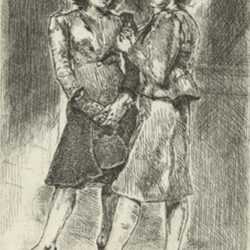
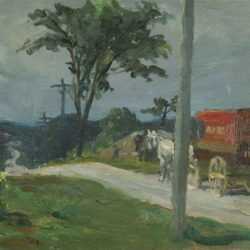
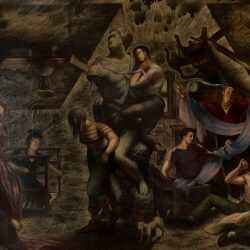
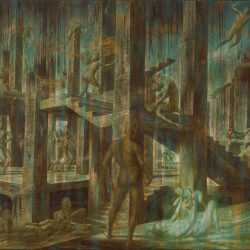
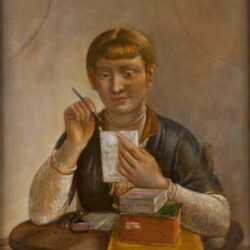
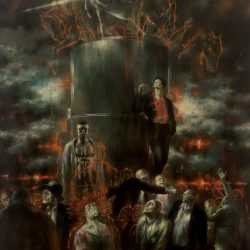
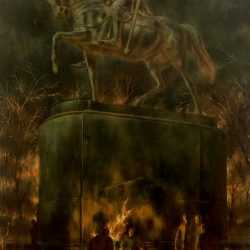
![Watercolor by Reginald Marsh: [Manhattan Skyline], available at Childs Gallery, Boston](https://childsgallery.com/wp-content/uploads/reginald-marsh_manhattan-skyline_childs_gallery-250x250.jpg)
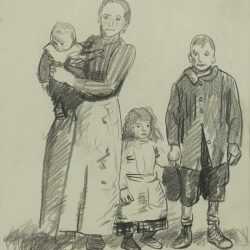
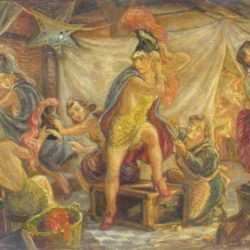
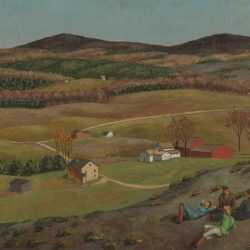
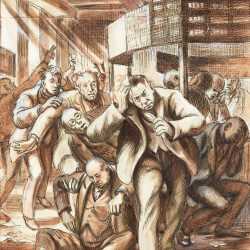
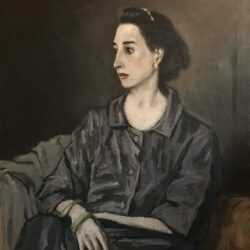
![Painting By Isaac Soyer: [seated Woman In Green] At Childs Gallery](https://childsgallery.com/wp-content/uploads/isaac_soyer_seated_woman_in_green_09-02-007_childs_gallery-250x250.jpg)

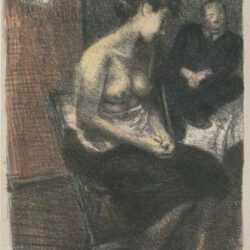
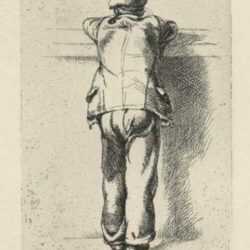
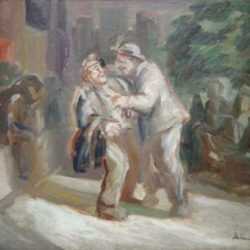
![Drawing by Raphael Soyer: [Two Figures Embracing], represented by Childs Gallery](https://childsgallery.com/wp-content/uploads/raphael_soyer__two_figures_embracing__09-02-126_childs_gallery-250x250.jpg)
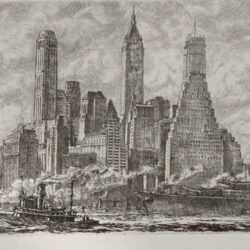
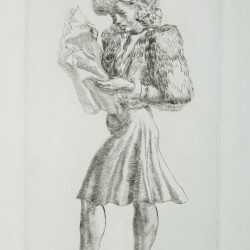

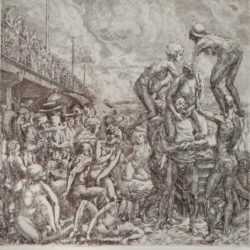
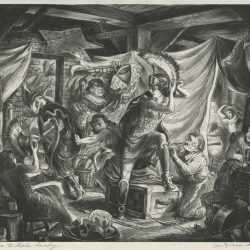
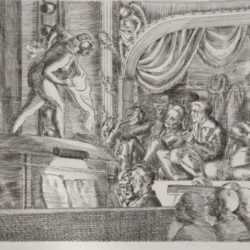


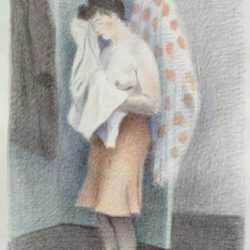
![Drawing by Alexander Brook: [Woman Leaning Over], represented by Childs Gallery](https://childsgallery.com/wp-content/uploads/alexander_brook__woman_leaning_over__cgl27194-128_childs_gallery-250x250.jpg)
